Understanding Peristaltic Pumps
Peristaltic pumps, a type of positive displacement pump, are essential in various industries for their ability to handle a wide range of fluids. These pumps, often referred to as peri pumps or hose peristaltic pumps, operate by compressing and releasing a length of hose or tubing, creating a vacuum that draws fluid through the tubing.
Types and Applications
There are several types of peristaltic pumps, including peristaltic tube pumps and peristaltic dosing pumps. The former is ideal for handling aggressive, high-purity, or viscous fluids, while the latter offers precision dosing capabilities. Applications range from medical and laboratory settings, where peristaltic pump tubing is crucial for sterile processes, to heavy-duty industrial uses, such as in the Watson Marlow peristaltic pump series, known for their robustness and efficiency.
Features and Materials
The design of peristaltic pumps allows for minimal contact between the pump mechanism and the fluid, making them suitable for sanitary applications. The peristaltic pump hose or tubing is the only part in contact with the fluid, which can be easily replaced, reducing contamination risks. Materials used for peristaltic tubing include silicone, thermoplastic elastomers, and other polymers that offer durability and chemical resistance.
Advantages of Peristaltic Pumping
Peristaltic pumps offer several advantages, such as low maintenance requirements due to the absence of seals and valves. The gentle pumping action makes them ideal for shear-sensitive fluids, and they provide excellent metering accuracy, as seen in the Masterflex peristaltic pump range. Additionally, these pumps can handle slurries, gases, and abrasive substances without damage.
Selection Considerations
When selecting a peristaltic pump, factors such as flow rate, pressure, and the chemical nature of the fluids to be handled are critical. For instance, a Watson Marlow pump may be preferred for high-demand environments, while a Masterflex pump could be ideal for laboratory applications. For automation enthusiasts, a peristaltic pump Arduino setup can be implemented for controlled dispensing tasks.
Integration and Compatibility
Compatibility with existing systems is vital. For example, Cole Parmer Masterflex pumps are known for their ease of integration into various setups. It's essential to ensure that the chosen pump tubing or hose is compatible with the pumped medium to prevent degradation and ensure long-term performance.



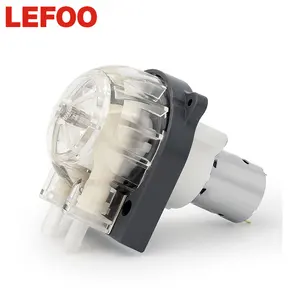






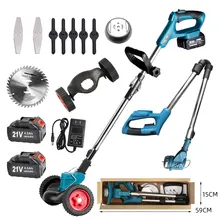

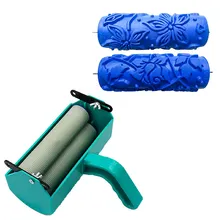


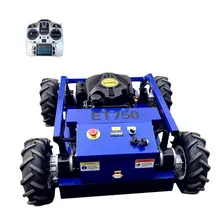

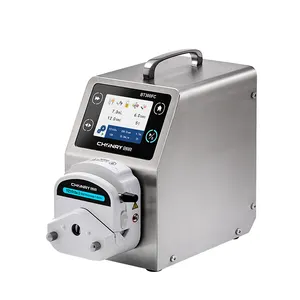
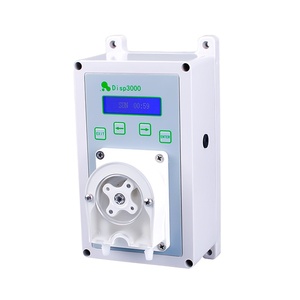
























 浙公网安备 33010002000092号
浙公网安备 33010002000092号 浙B2-20120091-4
浙B2-20120091-4